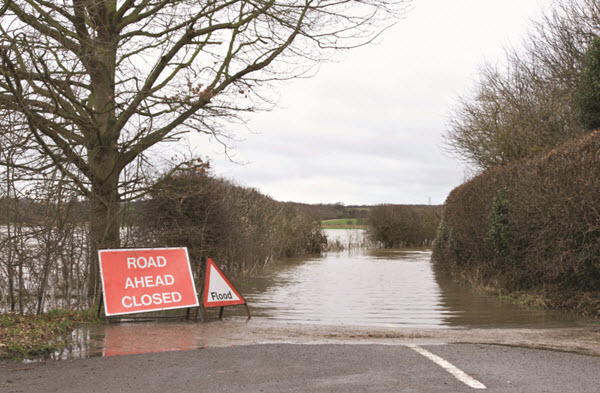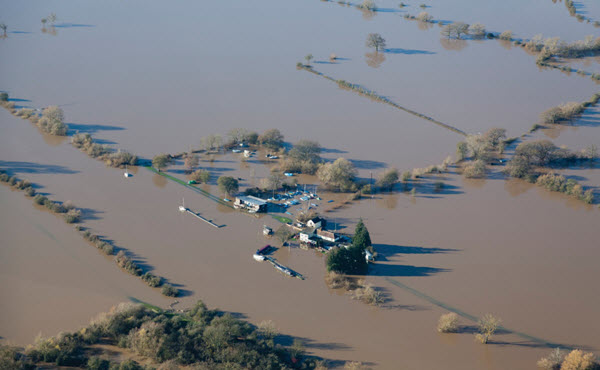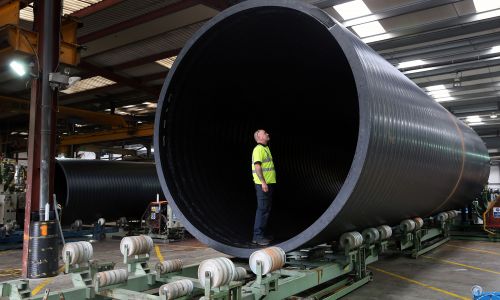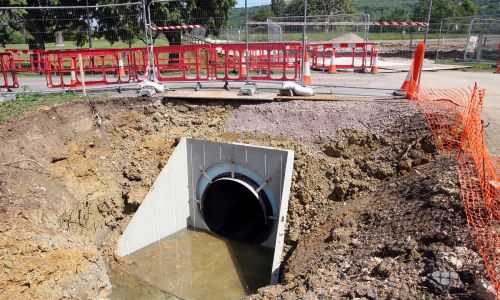14th February 2017
We must ensure homes are adequately protected from flooding
Though it may seem a distant memory for many of us, it was just three years ago that large parts of the UK, including vast sections of the Somerset Levels, were devastated by flood waters, destroying infrastructure, damaging homes, and even claiming lives.
More recently, government advisors on climate change have said that homes should continue to be built on flood plains across the UK despite the increasing risks, and while it’s obvious to everyone that many more preventative measures need to be implemented in order to help combat this annually reoccurring issue, as with most things in life, it’s not cut and dry.
A key problem in the development of a sustainable anti-flooding solution for the UK is the extensive use of flood plain land for building new homes; between 2001 and 2011, 200,000 new homes were built on floodplain land.
Clearly, in a perfect world, we wouldn’t build on flood plains. But the reality of the situation is this: flood plains often prove an attractive proposition for developers; they tend to be flat, easy to build on, and close to facilities like transport networks.
What’s more, the UK is in the midst of an acute housing crisis with upwards of 250,000 new houses required in England each year to keep pace with the nation’s housing needs. So, the need to build new homes – and fast – is critical.
And this is the crux of the issue. Houses need to be built quickly and cheaply in order to fulfil sky-high demand, and using cheap flood plain land is the quickest and most affordable way to do just that. Of course there are alternative solutions to this problem – for example utilising brownfield sites (reclaimed, former industrial land) – but what’s clear is the solution to the housing crisis inevitably has to be a complex, multi-pronged approach made up of a variety of solutions.
So, what does all this mean? In short, that in order to meet increasing housing demands, building on the floodplain can at times be unavoidable. But a crucial aspect of opting to build on floodplains, has to be ensuring that adequate flood defences are in place to protect these new builds. Otherwise, what is the point?
In modern Britain our public services generally do well to avoid widespread loss of life during flood events, but are largely powerless to lessen the catastrophic damage caused to homes and businesses. This is where pre-emptive, and well executed flood defences are crucial. As the saying goes; prevention is better than cure.
So how exactly should homes built on flood plains (and often those that aren’t) be protected from flooding? There are a few methods. A method which was recently made compulsory for new housing developments is the addition of SUDs (sustainable urban drainage systems) for any new development of over ten homes. These are cost-effective solutions that often require little maintenance, and mimic natural drainage solutions by collecting water and storing it, before releasing it slowly back into the ground.
The introduction of SUDs regulations for new housing developments is a huge stride in the right direction, highlighting the need to ensure houses in Britain are properly protected from flood water. However, relatively low level SUDs solutions are no defence when Mother Nature decides to really go to town.
Fortunately, despite being a fairly wet little island, massive periods of sustained rainfall in the UK are relatively rare. And even in some pretty dismal winter weather the majority of SUDs defences will do the job. However, when SUDs fail there needs to be a final line of defence to protect people’s homes, which in my mind can only be large scale engineered anti-flooding solutions, including culverts, flow control chambers and vast subterranean storage tanks.
The floods of 2013/14 should have provided a catalyst for a real change in our approach to flood management, but seemingly the message hasn’t quite hit home with either housing developers nor the UK government. Managing risk is key – simply put, limit the amount of homes that are built on flood plains and our country’s flooding woes will be minimised. And for those properties that are already in harm’s way, it is important to protect them with the best engineered solutions we have. After all, there can be no half measures when it comes to combatting merciless flood waters.




